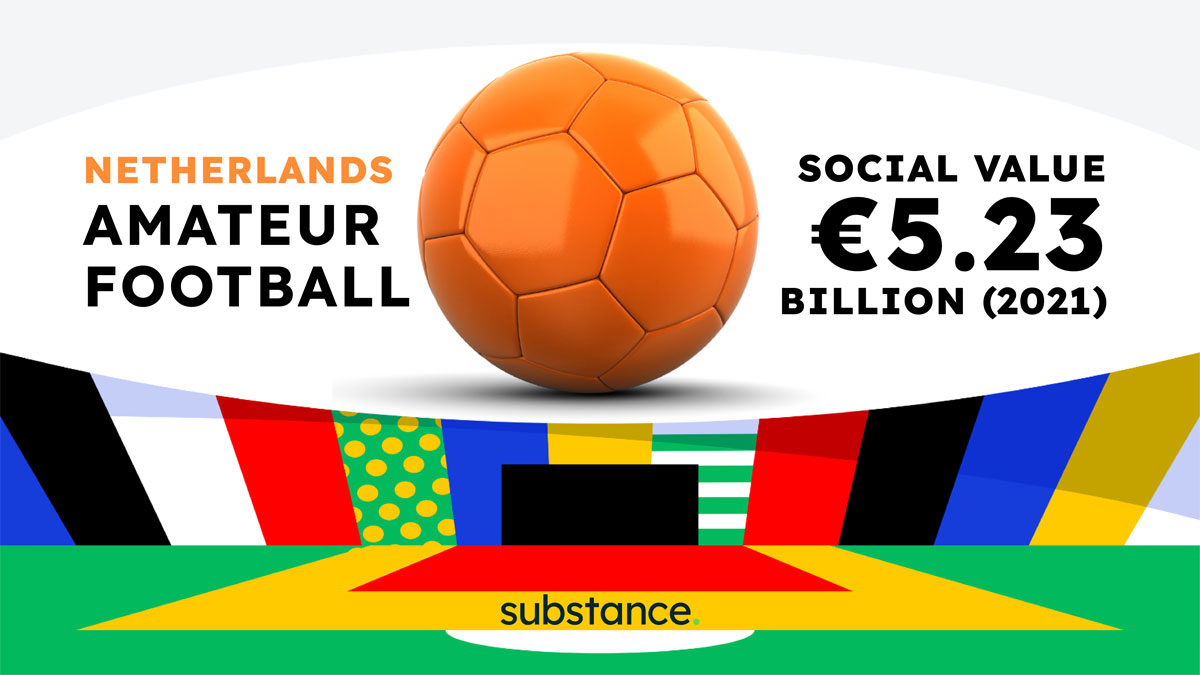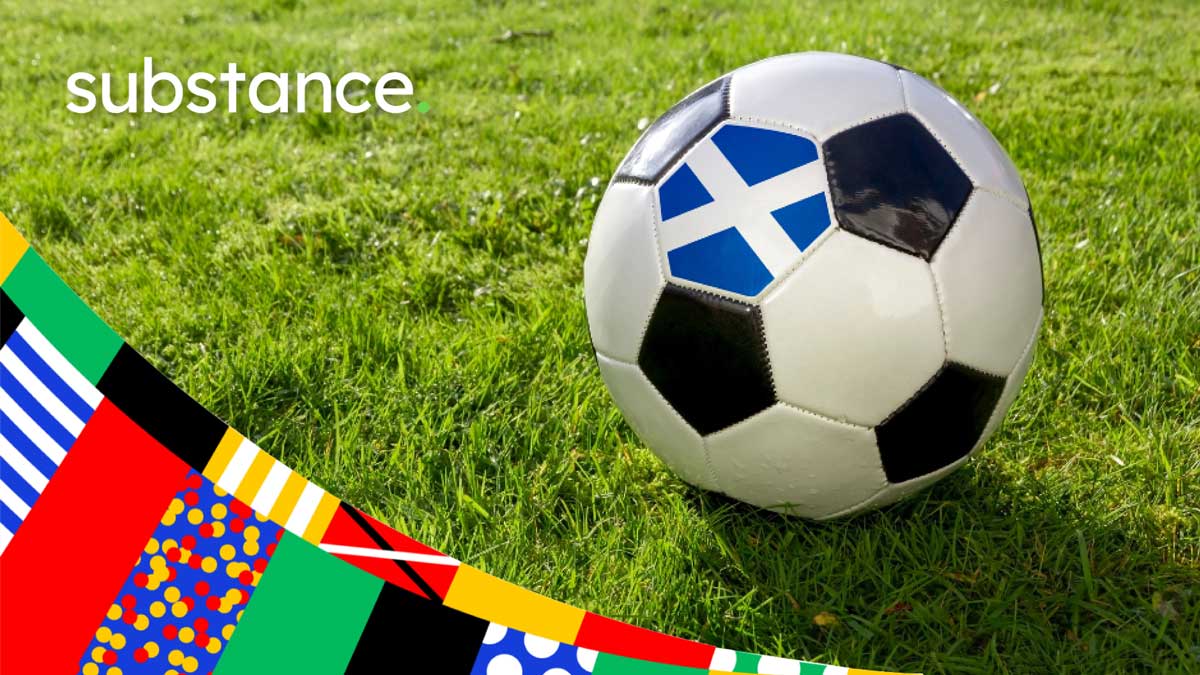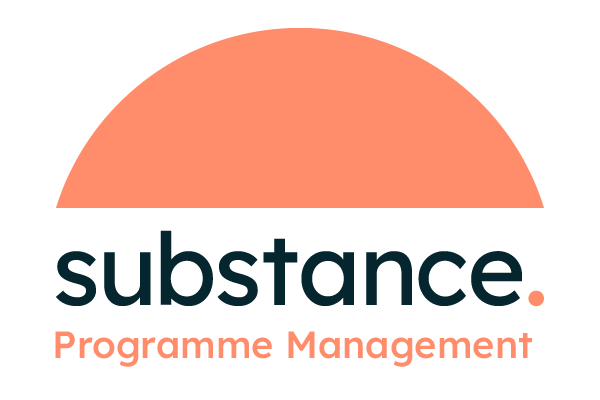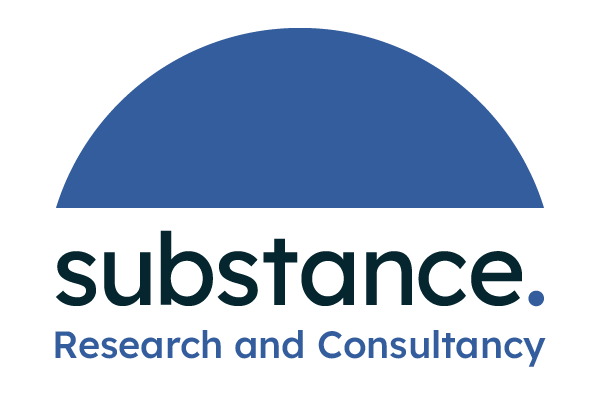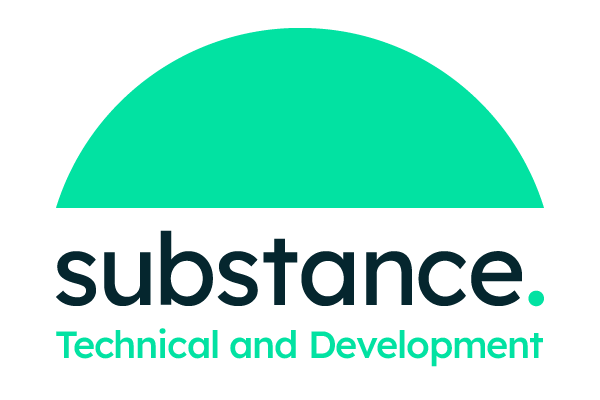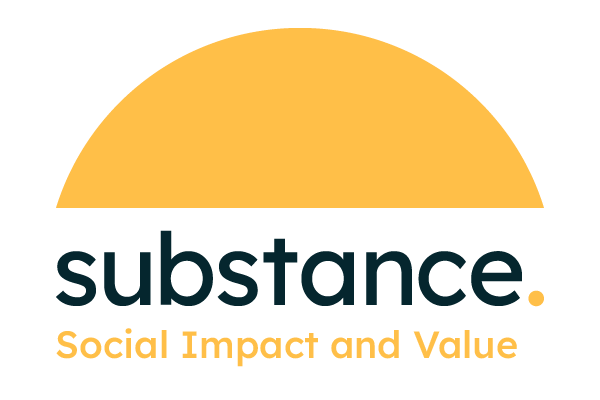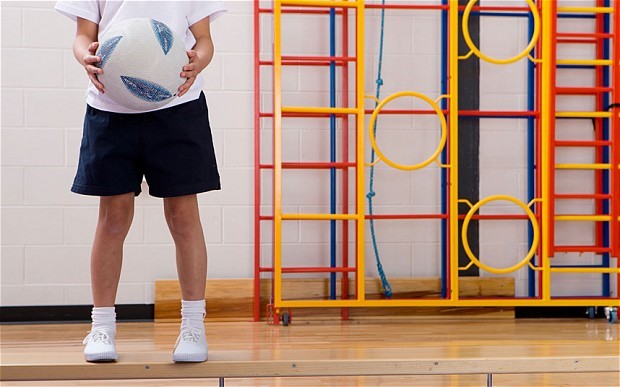
I am in the lucky position of managing the Sport for Development portfolio for Scotland’s biggest independent funder, The Robertson Trust. I regularly get enquiries from a wide range of sports clubs and organisations across Scotland seeking advice on funding for their work and I have a couple of questions that I always pose to help me get a sense of whether we might be an appropriate funder for them or not. The first question is “what do you do?” The second is “why do you do it?”
Organisations with a sports development focus will usually answer the first question by telling me about their range of sporting activities. They will then follow up by saying they do it because they want more people to join their club, or participate in sport or become a high-performance athlete. In other words their focus is on the sport – more people, doing more sport, more often.
The definition of sports for development that we use here at the Trust is “where sport is intentionally used as a tool to deliver wider social impact”. The important word for me here is ‘intentionally’. That organisations set out with the goal of making a difference to the life of the people they work with beyond getting them to participate in sport.
Sometimes, during these prospective funding conversations, particularly where the focus is getting people to participate in sport, there is often an underlying assumption that just by involving people in sport or physical activity, there will be an automatic positive benefit. That sport is intrinsically a good thing.
Now, if like me, you had the joyless school P.E. experience of spending weeks on end being shouted at as you ran round a Red Blaes (RedGra) pitch in the driving rain or clung on to a wall bar whilst someone threw bean bags at you (I am not sure this was part of the actual lesson!) you will scoff at this assertion that sport IS good. I was put off engaging in any sporting activities for a good ten years as a result of my school P.E. experience and I am sure I am not the only one.
That sport CAN be a good thing is beyond doubt. However, what our engagement within this sector over the last decade has evidenced is that sport is most impactful when organisations are focussed on the difference they want to make, consider the methods and techniques they use to do this, work in partnership and have the capacity, skills and resources to deliver it.
Too often, it appears to me that sports development and sports for development are seen as mutually exclusive approaches that, like oil and water, can never mix. For me, the exact opposite is true. I often “sell” the sports for development approach to sports clubs whose primary focus is getting more people participating in sport as a way to both engage with and retain more participants – something that is usually their primary goal.
There is no doubt that there can be numerous factors affecting the ability of organisations to adopt a sport for development approach. For many sports organisations, sticking to a sports development model is absolutely appropriate for them and I strongly believe that organisations need to be bought in to adopting an outcome approach for it to work – there is no point in forcing people into adopting an approach that isn’t appropriate for them. But beyond this we are starting to identify a number of enablers, drivers and cultural factors within organisations that make it more likely that a sport for development approach, if adopted, will be successful.
I am going to be talking more about these issues at Sport for Development: A whole new ball game in November as well as sharing some of the developments we’re seeing around Sport for Development in Scotland. I look forward to some lively debate on the day. Just please don’t throw too many bean bags at me…
Linda Macdonald, Programme Lead – Sport for Development
twitter: @loobersmacd

